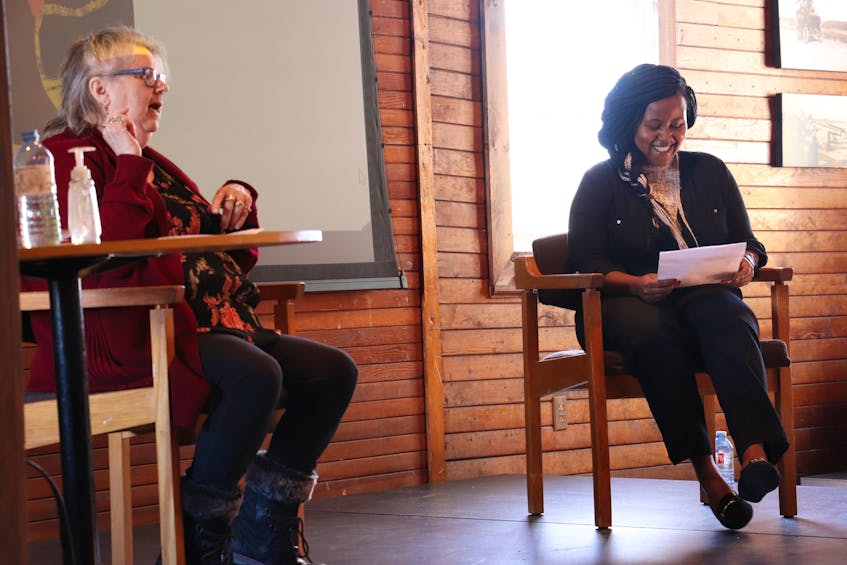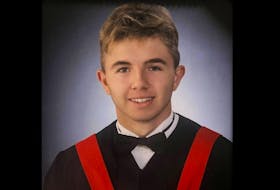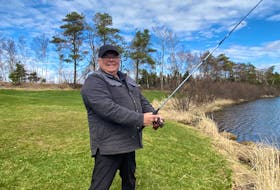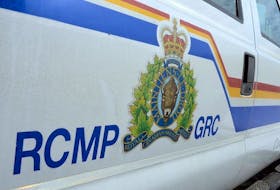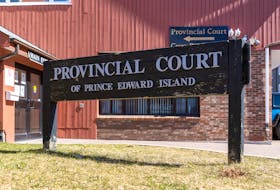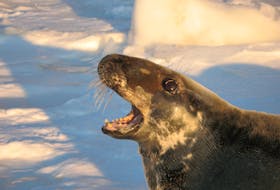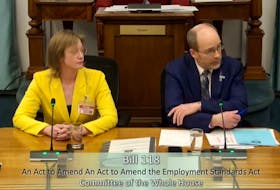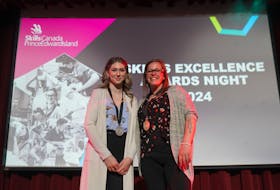Linda Hennessey first realized she was Black when she was about six. She heard her mother calling her father cruel names.
“All these words, what are they?” she thought.
So she went to her aunt for help.
“What do these words mean?” she asked
“You don’t know you’re Black?”
“Nobody told me.”
“Well, I’m telling you,” her aunt said.
She was still so young that it didn’t affect her much.
Decades later in 1990, her kids made a small family tree for a school project.
Hennessey got an idea.
“I’m going to do some research and see what I can find on my family.”
And that’s where it all started.

For 25 years, Hennessey scoured old newspapers and archives, records of births, deaths, and weddings. Then she stopped, discouraged that no one else seemed interested in the hidden history of Black Islanders, she said.
“I was always hurt because I didn’t find people were interested in my work so I just put it in the closet and walked away five or six years ago.”
Things changed when Stella Shepard told the Black Cultural Society about Hennessey's work. Shepard’s own ancestors were David and Keisha Shepard, two Black slaves brought to P.E.I. by Edmund Fanning, P.E.I.’s second lieutenant-governor.
The Bog
- There was once a historically Black neighbourhood known as The Bog in downtown Charlottetown
- The Bog was home to about 200 people during the 1800s and early 1900s
- Many residents worked labour jobs as chimney sweeps or cleaners
- Provincial government buildings now stand on the former neighbourhood
Alongside Kendi Tarichia, Hennessey gave a lecture on these forgotten stories at Beaconsfield Historic House for Black History Month on Feb. 22.
“These people are very important to me—how they were treated, why they were treated badly,” Hennessey said. “These are my people and I just feel they can teach me things.”

Hennessey told the audience about her own family and how Black people have been a part of P.E.I. society since colonization began.
She traced the genealogy of many Island families like the Shepards and Byers, noting how interracial marriages and outmigration blurred the genealogical lines.
“All the children born of these couples, they’re still here—would be Mrs. Smith now.”
She said little is known about these stories because many people, Black folks included, don’t want to know them.
“One of the reasons they didn’t want to know this stuff is because they have somebody Black in their families.”
That seems to be changing, though, said Tamara Steele, the Black Cultural Society’s executive director.
“People do care about Island history and this is Island history.”
Systemic racism is at the root of why this history has been hidden, she said.
“It’s not like today’s government is actively trying to hide this information, but governments before were actively trying to hide this information.”
Moving forward, it’s important to learn about things like The Bog, Charlottetown’s historically Black neighbourhood during the late 18th century, she said.
“Just acknowledge these people were here. Where are their gravestones? There was a time Black People couldn’t be buried here. What happened to their bodies? What happened to their spirits?”
Steele was the person who asked Hennessey to speak at Beaconsfield after spending over three hours at Hennessey’s home, pouring through her binders and listening to stories.
“That first conversation was almost overwhelming, it was so beautiful,” she said. “It’s so wonderful to know that this history is there, that somebody bothered to collect it.”
Near the end of her lecture, Hennessey recited a poem where the speaker ponders whether they should be proud of their ancestors. The last line reverses course and asks whether the speaker's ancestors would be proud of them.
“I hope so. I’m working hard for them, to let people know they were here and they were important,” Hennessey said. “I can feel these people.”
Logan MacLean is a reporter with SaltWire in Prince Edward Island. He can be reached by email at [email protected] and followed on Twitter @loganmaclean94.

